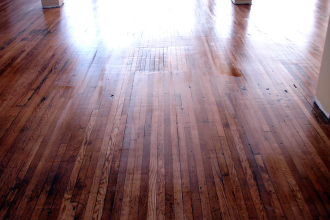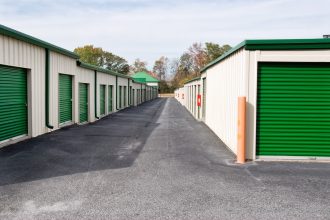Reducing energy bills while keeping your home comfortable doesn’t have to mean sacrificing warmth in the winter or cool air in the summer. Small, strategic changes can make a big difference in how much energy your household consumes while improving overall comfort. With a combination of simple adjustments, smart technology, and energy-efficient habits, you can create a cozy living environment without breaking the bank. By focusing on insulation, thermostat settings, lighting, appliance use, and mindful energy consumption, you’ll see noticeable savings while enjoying a comfortable space year-round.
Improve Insulation to Maintain Temperature Efficiency
Attic insulation is important since heat rises, and an under-insulated attic can lead to significant energy loss. Weatherstripping around doors and windows helps seal small gaps that allow drafts to sneak in. Attic insulation is particularly important since heat rises, and an under-insulated attic can lead to significant energy loss, making solutions such as Waikato heat pump installation and other reputable heating systems valuable investments for maintaining an energy-efficient home. If replacing insulation isn’t in the budget, simple fixes like using draft stoppers at the bottom of doors and adding rugs to cold floors can help retain warmth and reduce energy waste.
Optimize Your Thermostat Settings
Lowering your thermostat by just a few degrees in the winter and raising it slightly in the summer reduces the strain on your heating and cooling systems. The U.S. Department of Energy suggests setting the thermostat to 68°F (20°C) during the winter while you’re awake and lowering it when you sleep or leave the house. In the summer, keeping it around 78°F (26°C) can keep you cool without skyrocketing energy bills. A programmable or smart thermostat makes temperature adjustments effortless, automatically changing settings based on your daily routine.
Use Energy-Efficient Lighting
Traditional incandescent bulbs waste a significant amount of energy as heat, whereas LEDs use at least 75% less energy and last up to 25 times longer. Beyond switching bulbs, take advantage of natural daylight whenever possible. Opening curtains and blinds during the day can illuminate your home without using electricity. Think about installing motion sensor lights or dimmers to further reduce energy consumption. Motion sensors make sure lights only stay on when needed, while dimmers allow you to use just the right amount of brightness, saving electricity and extending bulb lifespan.
Make Appliances Work More Efficiently
Household appliances consume a significant portion of your energy bill, but small changes in how you use them can lead to noticeable savings. Start by upgrading to ENERGY STAR-rated appliances, which use less electricity while maintaining performance. If replacing appliances isn’t an option, optimize how you use the ones you already own. When washing clothes, use cold water whenever possible, as heating water accounts for the majority of the energy used in laundry. Running full loads in your dishwasher and washing machine reduces the number of cycles needed, maximizing efficiency.
Maximize Heating and Cooling Efficiency
Your HVAC system is one of the biggest contributors to your energy bills, so keeping it running efficiently is important. Change air filters regularly – every one to three months – to maintain airflow and prevent your system from working harder than necessary. Dirty filters restrict airflow, causing your heating and cooling systems to consume more energy. Using ceiling fans can also reduce the need for excessive heating and cooling. In the summer, set ceiling fans to rotate counterclockwise to create a cooling breeze. In the winter, switch them to clockwise at a low speed to circulate warm air downward, keeping rooms warmer with less reliance on your heating system.
Be Mindful of Daily Energy Consumption
Cooking efficiently by using lids on pots and pans, choosing the right burner size for cookware, and using small appliances like air fryers or microwaves instead of the oven for smaller meals can reduce energy consumption. Taking shorter showers and switching to energy-efficient showerheads can cut down on hot water usage, lowering both water and heating bills. Washing clothes during off-peak hours, typically in the early morning or late evening, can help reduce strain on the power grid and sometimes even cost less depending on your utility provider. Developing habits like unplugging chargers, turning off unnecessary electronics, and keeping doors closed in heated or cooled rooms can significantly reduce your household’s overall energy use.
Creating a comfortable home while lowering your energy bills is entirely possible with a few mindful adjustments. Improving insulation, using smart thermostat settings, switching to energy-efficient lighting, optimizing appliance use, maintaining HVAC efficiency, and adopting simple energy-saving habits all contribute to a cozy and cost-effective living space. These small, practical steps not only reduce energy waste but also lead to long-term financial savings. By making intentional choices in how you heat, cool, and power your home, you can enjoy year-round comfort without the burden of excessive energy costs.













